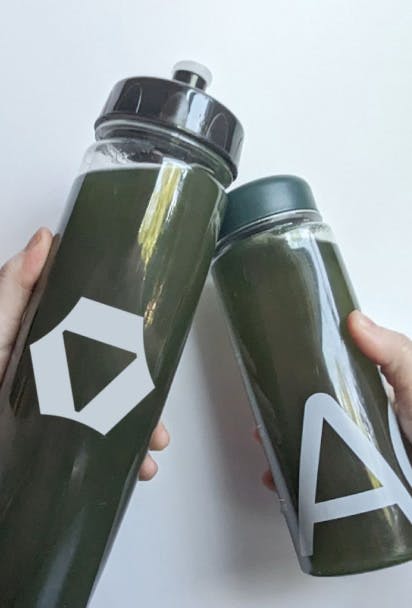September 8, 2020
In supply chain management, the economic order quantity model (EOQ) is a useful measurement tool. The EOQ formula helps those in logistics and operations calculate the frequency and number of orders. It helps determine the optimal order quantity to meet consumer demand, taking into account total cost, number of units, demand rate, order cost, carrying cost, account storage costs, and other factors.
Why use the EOQ formula?
The EOQ formula can help a company’s supply chain control and minimize costs, and help with cash flow. It helps optimize inventory costs, inventory management, and inventory levels. Inventory management is important because it’s often one of the highest costs for a company. By optimizing those expenses, the capital can be better deployed for investment in other areas. After all, there’s an opportunity cost for tying up money in inventory levels.
EOQ is an important factor in developing the inventory reorder point. The algorithm or EOQ formula can be set to trigger reordering and replenishment, helping to avoid stockouts. A company would have the optimal quantity of stock on hand to meet customer demand.
The EOQ formula can be adjusted depending on production costs, lot size, setup costs, and lead time. While some companies use a fixed cost approach, others use the variable cost model in their formula to account for these sensitivities. The EOQ calculation can be used to find a good balance of order size and number of orders, considering any available quantity discounts.
The economic order quantity formula
The economic order quantity formula was developed by Ford W. Harris in 1913, and it’s been tweaked since then. In terms of how to calculate the economic order quantity formula, start with the assumption that order, demand, and holding costs are constant. In the EOQ formula, “EOQ units” equals the square root of 2x “unit annual demand” x “order cost per purchase order,” divided by annual holding cost per unit.
The EOQ model in action
An e-commerce retailer might place regular orders for a favorite consumer item, X. The retailer needs to think about total inventory costs, including the purchase cost for that unit, quantity discounts, ordering costs, shipping costs, holding cost, and storage costs. If the retailer has stockouts out of the item before replenishment, the retailer loses potential additional sales and perhaps the customer finds another retailer they like going forward.
Using the EOQ formula, the retailer can optimize these costs to find the right balance of when to place orders and at what price, to lower the holding cost and other expenses.
As already mentioned, the economic order quantity formula assumes constant consumer demand, as well as constant ordering costs and holding cost. Using a fixed cost is not always possible, especially if the business offers seasonal inventory levels or the business is growing. The EOQ model does not account for every factor, and a business needs to be flexible in not just relying on this calculation when planning supply chain logistics and procurement. But the EOQ formula can be helpful with many purchasing plans.
Stord can help your company determine the best warehouse locations for your products, including the quantities stored at each. Let us know how we can help your company optimize its supply chain logistics, from warehousing to transportation.




